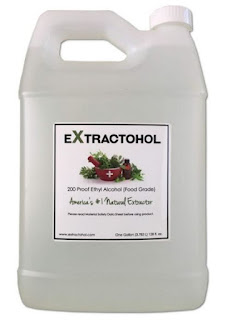How to Make Organic Cane Alcohol?
Organic cane alcohol is a type of alcohol that is made from sugar cane. It is a clear, colorless, and odorless alcohol that is used in many different products. Cane alcohol is made by fermentation of sugar cane juice or molasses. This process breaks down the sugars in the cane into alcohol.
The Benefits of Organic Cane Alcohol
Cane alcohol has a number of benefits over other types of alcohol. It is a renewable resource, it is non-toxic, and it has a lower carbon footprint than other types of alcohol. Cane alcohol is also a versatile product that can be used in a number of different products.
Cane alcohol is a type of alcohol that is made from sugar cane. It is a clear, colorless, and odorless alcohol that is used in many different products. Cane alcohol is made by fermentation of sugar cane juice or molasses. This process breaks down the sugars in the cane into alcohol.
Cane alcohol has a number of benefits over other types of alcohol. It is a renewable resource, it is non-toxic, and it has a lower carbon footprint than other types of alcohol. Cane alcohol is also a versatile product that can be used in a number of different products.
Cane Alcohol vs Other Types of Alcohol
Cane alcohol is a type of alcohol that is made from sugar cane. It is a clear, colorless, and odorless alcohol that is used in many different products. Cane alcohol is made by fermentation of sugar cane juice or molasses. This process breaks down the sugars in the cane into alcohol.
Cane alcohol has a number of benefits over other types of alcohol. It is a renewable resource, it is non-toxic, and it has a lower carbon footprint than other types of alcohol. Cane alcohol is also a versatile product that can be used in a number of different products.


Comments
Post a Comment